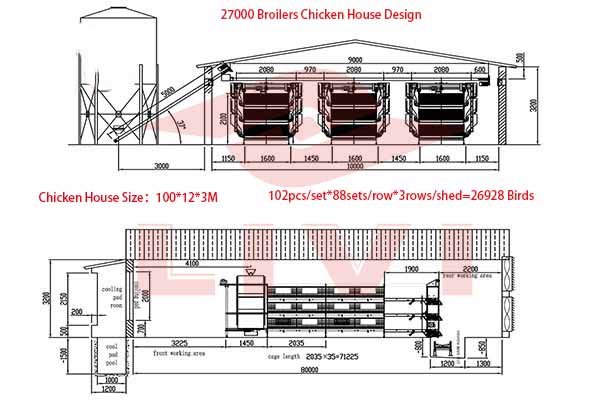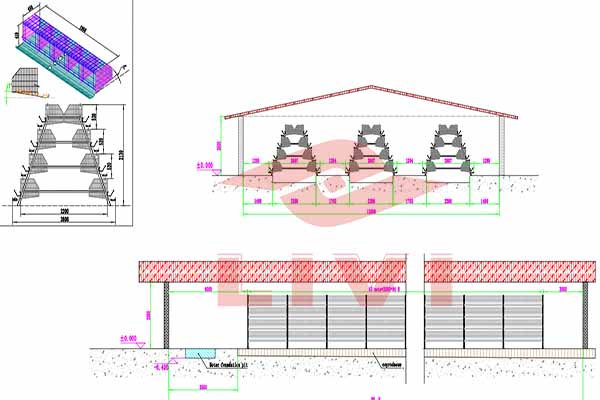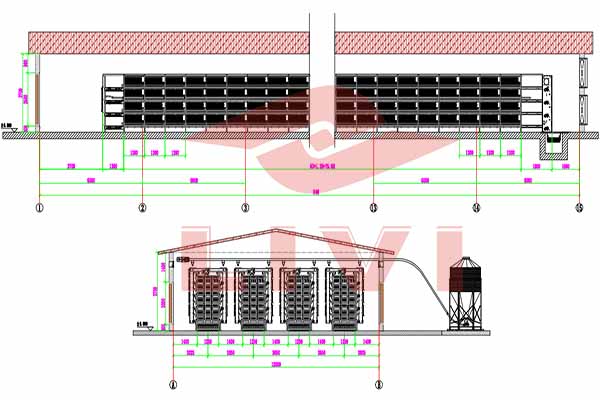How To Improve The Efficiency Of Raising Chickens In Cages
Raising chickens in cages has become a popular practice due to its space-saving nature and efficient use of resources. However, maximizing the efficiency of this method requires careful planning and utilization of appropriate equipment. In this article, we will explore strategies to enhance the efficiency of raising chickens in cages, leveraging automatic poultry equipment and advanced technology.
Utilizing Automatic Poultry Equipment
One of the key ways to improve the efficiency of raising chickens in cages is by implementing automatic poultry equipment. This includes automatic feeding systems, watering systems, and egg collection systems. Automatic feeding systems ensure chickens receive a consistent supply of feed, reducing wastage and labor requirements. Similarly, automated watering systems provide access to clean water at all times, promoting optimal hydration and health for the chickens. Additionally, automatic egg collection systems streamline the process of collecting eggs, saving time and minimizing breakage.
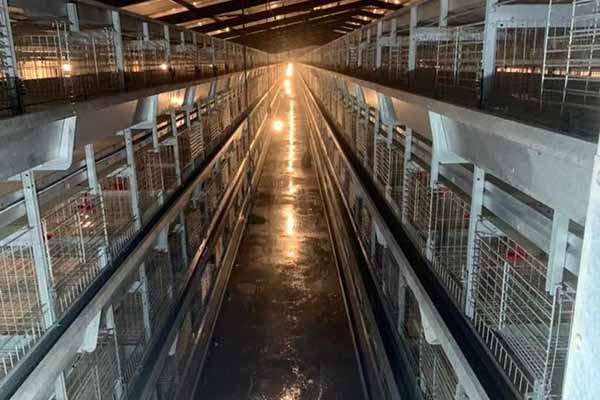
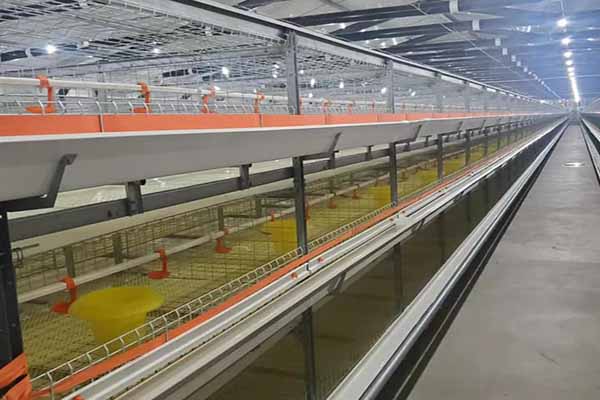
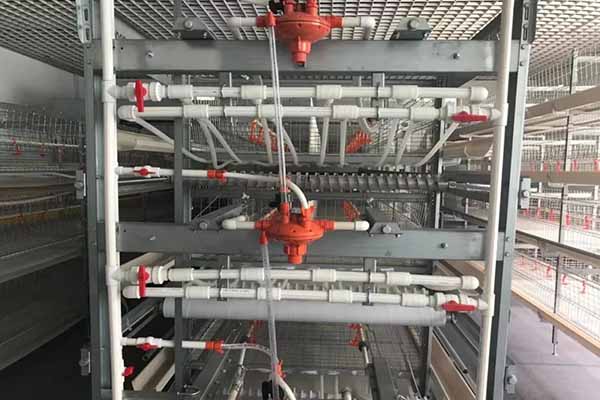
Investing in Advanced Chicken Cage Designs
Choosing the right chicken cage design is essential for maximizing space utilization and promoting chicken welfare. Advanced automatic chicken cage designs incorporate features such as multiple tiers, comfortable perches, and adequate ventilation. Multi-tiered cages make efficient use of vertical space, allowing for higher stocking densities without compromising on comfort. Comfortable perches provide chickens with a place to rest and engage in natural behaviors, contributing to their overall well-being. Proper ventilation helps regulate temperature and humidity levels within the cages, reducing the risk of heat stress and respiratory issues.
Implementing Efficient Management Practices
Efficient management practices play a crucial role in optimizing the performance of automatic chicken cage. This includes regular monitoring of environmental conditions, such as temperature and humidity, to ensure optimal comfort for the chickens. It also involves maintaining cleanliness within the cages to prevent the spread of diseases and minimize stress. Furthermore, implementing a strict vaccination and biosecurity protocol helps safeguard the health of the flock and prevent potential disease outbreaks.
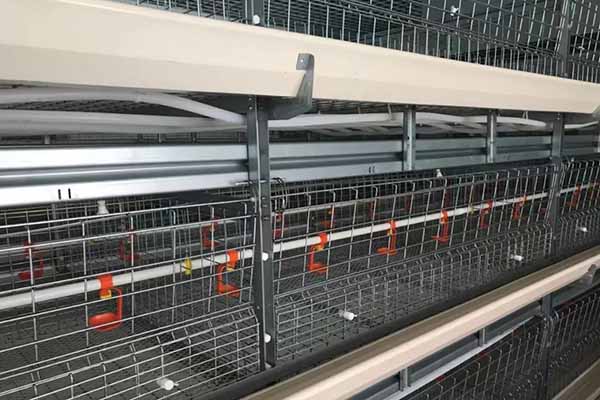
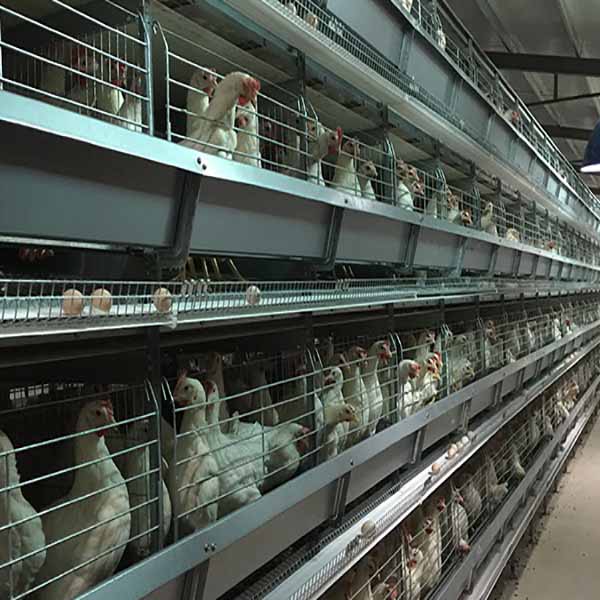
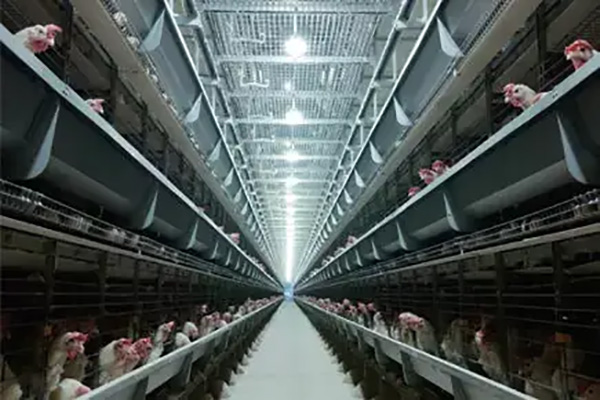
Promoting Employee Training and Education
Training and educating employees on best practices for raising chickens in cages are essential for ensuring smooth operations and maximizing efficiency. Proper training equips workers with the knowledge and skills needed to operate automatic poultry equipment effectively, identify signs of illness or distress in the chickens, and implement appropriate management practices. Ongoing education keeps employees informed about the latest advancements in poultry farming and encourages continuous improvement in performance.
Conclusion
In conclusion, improving the efficiency of raising chickens in cages requires a combination of strategic planning, investment in advanced automatic poultry equipment, efficient management practices, and employee training. By leveraging automatic poultry equipment, investing in advanced chicken cage designs, implementing efficient management practices, and promoting employee training and education, farmers can enhance productivity, optimize resource utilization, and ensure the welfare of their chickens. This ultimately leads to a more sustainable and profitable poultry farming operation.
If you need efficient automatic chicken cage and poultry equipment, please leave us a message.


